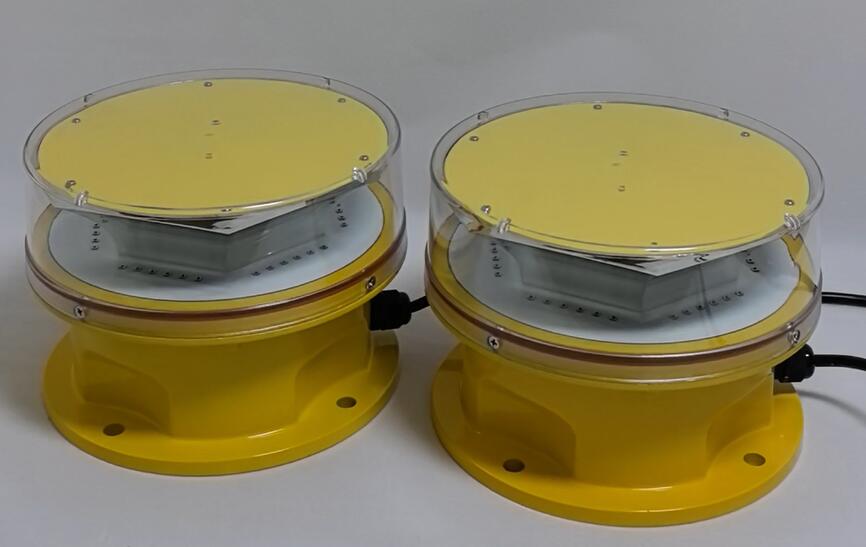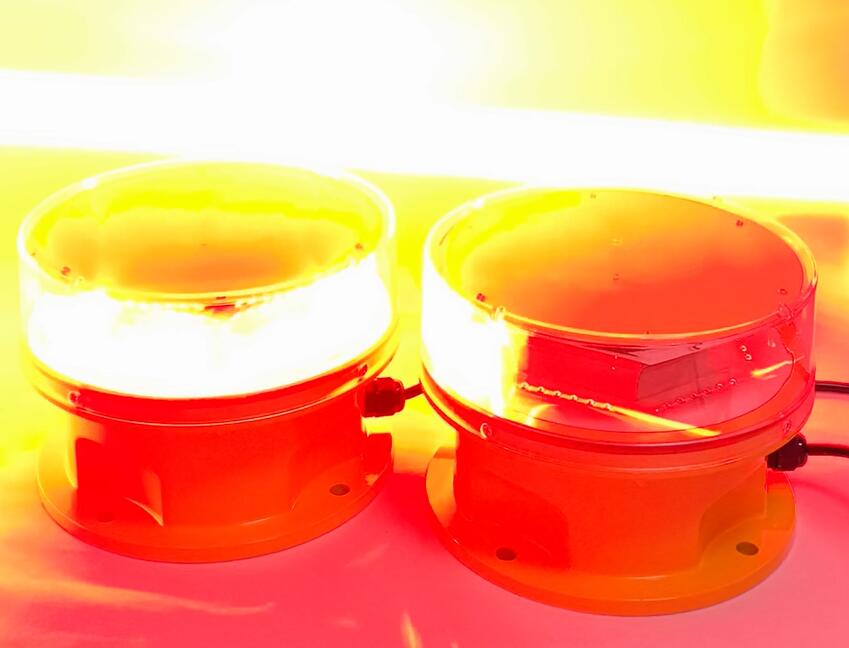Illuminating the Skies: The Vital Role of Tower Obstruction Lighting
In the vast expanse of our modern world, where the skies are crisscrossed by aircraft and the landscape is dotted with tall structures, tower obstruction lighting plays a crucial yet often underestimated role. These specialized lighting systems are the unsung heroes of aviation safety, ensuring that pilots and aviators are aware of potential hazards and can navigate the skies with confidence.
Towers, such as communication towers, wind turbines, and industrial chimneys, pose a significant threat to air traffic if not properly marked. Without tower obstruction lighting, these structures can be difficult to spot, especially during adverse weather conditions or at night. This increases the risk of collisions, which can have catastrophic consequences for those on board the aircraft and on the ground.
| red | Tower Obstruction Lighting | LEDs |
The importance of tower obstruction lighting lies in its ability to provide a clear and visible indication of the presence of a tower. These lights are typically high-intensity and can be steady or flashing, depending on the specific requirements. They are strategically placed on the tower to ensure maximum visibility from all directions and distances.

One of the key challenges in implementing tower obstruction lighting is ensuring its reliability. The lights must be able to withstand harsh environmental conditions, including high winds, rain, snow, and extreme temperatures. They also need to be durable and long-lasting, as replacing lights on tall towers can be a complex and expensive operation.
Compliance with regulatory standards is another crucial aspect of tower obstruction lighting. Different countries and regions have specific guidelines and requirements for the installation and maintenance of these lighting systems. Tower owners and operators must ensure that their towers are properly lit in accordance with these regulations to avoid legal issues and ensure the safety of air traffic.

The installation of tower obstruction lighting requires careful planning and expertise. The lights must be positioned at the correct height and spacing to provide optimal visibility. Specialized equipment and trained personnel are often needed to carry out the installation process safely and effectively.
In addition to its role in aviation safety, tower obstruction lighting also has other benefits. It can help emergency responders locate tall structures during search and rescue operations. It can also provide a visual reference for ground-based observers, enhancing overall situational awareness.
As technology continues to advance, so too does tower obstruction lighting. New materials and designs are emerging that offer improved visibility, energy efficiency, and reliability. For example, LED lights are becoming increasingly popular due to their long lifespan, low power consumption, and enhanced brightness.
In conclusion, tower obstruction lighting is a vital component of aviation safety and plays an important role in protecting lives and property. Its importance cannot be overstated, and it is the responsibility of tower owners, operators, and regulatory authorities to ensure that these lighting systems are properly installed, maintained, and compliant with all relevant standards. By doing so, we can help create a safer airspace for everyone and ensure that the skies remain a realm of opportunity and exploration.
